
ACKNOWLEDGMENTS
A huge, huge thank-you to all the designers who contributed to this project. Without your talent, style, and amazing skill, none of this would have been possible. You ladies rock!
Thank you to Susanne Woods for making this little dream a reality, to Cynthia Bix and Nanette S. Zeller for making sense of my organized confusion, and to everyone on the Stash Books team for their hard work and dedication.
Thank you to my dear hubby, Melvin, and our wee ones for being so supportive of me through all of this. You all are my everything.
And last but certainly not least, mega thanks to my dear grandfather. You raised me, you taught me what I know, you inspired me to do better. I only wish you were here to share this with me. This is for you. I love you, Grandpa.

RASHIDA COLEMAN-HALE has been making things ever since she can remember. Sewing is a gift passed on to her by her mother, grandmother, and grandfather, who was a tailor. Rashidastudied fashion design at the Fashion Institute of Technology. Not sure if fashion was her calling, she traded her sewing machine for a computer and worked as a freelance graphic designer. Her passion for sewing was rekindled in 2006 after the arrival of her first child, and she began the blog I Heart Linen to document her reborn creative life and her life as a stay-at-home mommy.
Rashida spent much of her youth in Tokyo, Japan, where her love of linen began. Her experiences there have completely influenced her work and its style. Her work has been featured in Sew News, Stitch, Sew Hip!, ReadyMade, Burda Style, and Quilting Arts magazines, as well as on popular blogs such as Ohdeedoh.com, DesignSponge.com, Decor8.com, Craftzine.com, SewMamaSew.com, and TrueUp.com. Her first book, I Love Patchwork, was published in 2009.
Rashida lives in Atlanta with her husband and their three children. She is now a fabric designer for Timeless Treasures; her first collection debuted in the Spring of 2011. Read more about her crafty life at iheartlinen.typepad.com.


Introduction
During the many years I lived in Japan, I was fascinated by the popular zakka design movement, which had been in progress there for a long time. After school, I used to cruise through all the little zakka shops and just soak in everything. The Japanese zakka aesthetic has been a part of me ever since, and my love for that style has reemerged now that I am a crafter.
The term zakka has been loosely translated to mean miscellaneous goods, many things, or sundries. But it has grown to mean a style that embodies a kind of simple charm and uniquenesssomething handmade that is useful yet pleasing. Zakka has evolved into a design style that has become popular all over the world.
In my world, zakka style is not only an aesthetic but also almost a way of life. Making handcrafted gifts for friends and having handmade items in my home to share with my family make being able to sew such a wonderful thing.
This style also has been an inspiration to many other artists in recent years, especially in the blogging community. When I was brainstorming ideas for this book, it occurred to mewhat better way to explore this phenomenon than to showcase the work of 24 of my favorite zakka artists from around the world! Each artist I have invited to contribute has created a project that brilliantly embodies her own zakka style in clever, innovative, whimsical, and fabulous ways. The projects featured range from things for your home to items you could easily make as last-minute gifts for a friend or loved one.
Handmade zakka sewing uses simple techniques, but the projects are innovative, useful, and lovely to look at. I hope this book will inspire you to explore your own zakka style and to learn some new sewing tricks along the way!



Special Note
Many of the projects in this book feature linen. If you have trouble finding linen, you can use a decorator-weight textured solid or a linen/cotton blend. A lightweight canvas could also work.
Zigzag Tote
FINISHED: 14 wide 12 high 3 deep

This linen tote bag is just laden with wonderful zigzaggy goodnessa timeless design that will be loved for years to come. Its also the perfect size for taking along with you around town or when youre shopping for more fabric!

ARTIST: Lisa Billings
WEBSITE:
pinklemonadeboutique.etsy.com
Lisa lives right outside Providence, Rhode Island, with her husband, Jeff; her daughter, Olivia; and her wacky cat, Violet. She started quilting about fifteen years ago and is thrilled with how the craft has really taken off in such a modern and exciting direction. Besides quilting, she loves to experience the Providence cultural scene and to cook (and eat!), and she tries to keep up with her Etsy shop, where she sells her handbags.
Materials and Supplies
Yardages are based on 40-wide fabric.
Linen or textured solid fabric: 1 yard
Lining fabric: yard
Yellow accent fabric: yard
yard
Brown accent fabric: yard
yard
Fusible batting (such as Fusible Fleece or Fusible Thermolam Plusby pellon): yard
Firm fusible interfacing (such as Dcor-Bond Fusible Interfacing by Pellon): yard
1 magnetic snap closure
Cutting
Linen:
Cut 1 strip 4 width of fabric; subcut into 6 squares 4 4, and then cut each square twice diagonally to make 24 quarter-square triangles.
Cut 1 rectangle 13 16, for back.
Cut 1 rectangle 5 16, for left front panel.
Cut 1 rectangle 3 16, for right front panel.
Cut 2 strips 2 22, for strap.
Lining fabric:
Cut 2 rectangles 13 16, for lining.
Cut 2 rectangles 8 9, for pocket.
Cut 2 strips 2 22, for strap.
Yellow accent fabric:
Cut 1 strip 4 width of fabric; subcut into 3 squares 4 4, and then cut each square twice diagonally to make 12 quarter-square triangles.
Brown accent fabric:
Cut 1 strip 4 width of fabric; subcut into 3 squares 4 4, and then cut each square twice diagonally to make 12 quarter-square triangles.
Next page
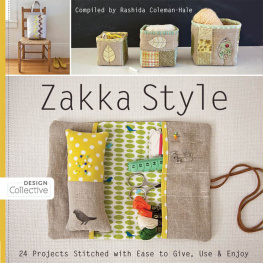
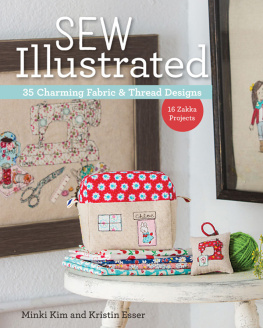
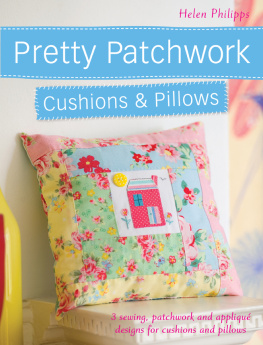
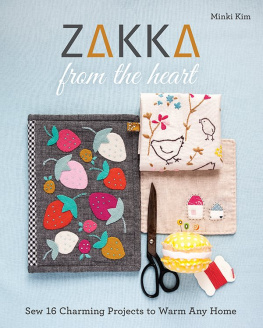
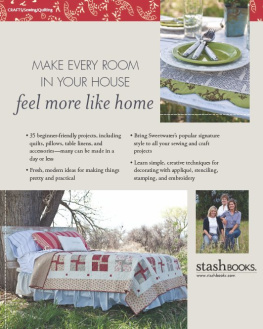
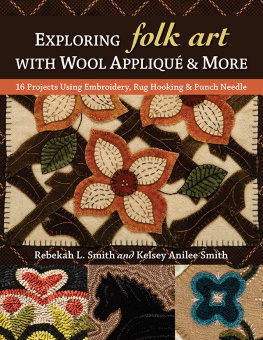

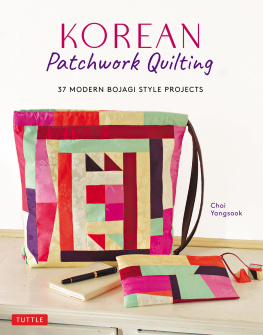

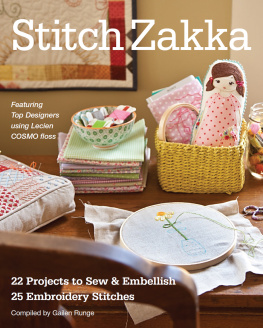
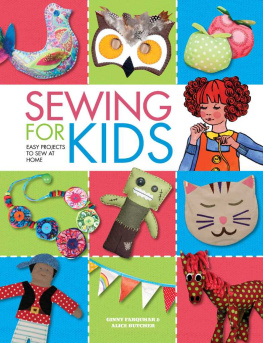









 yard
yard